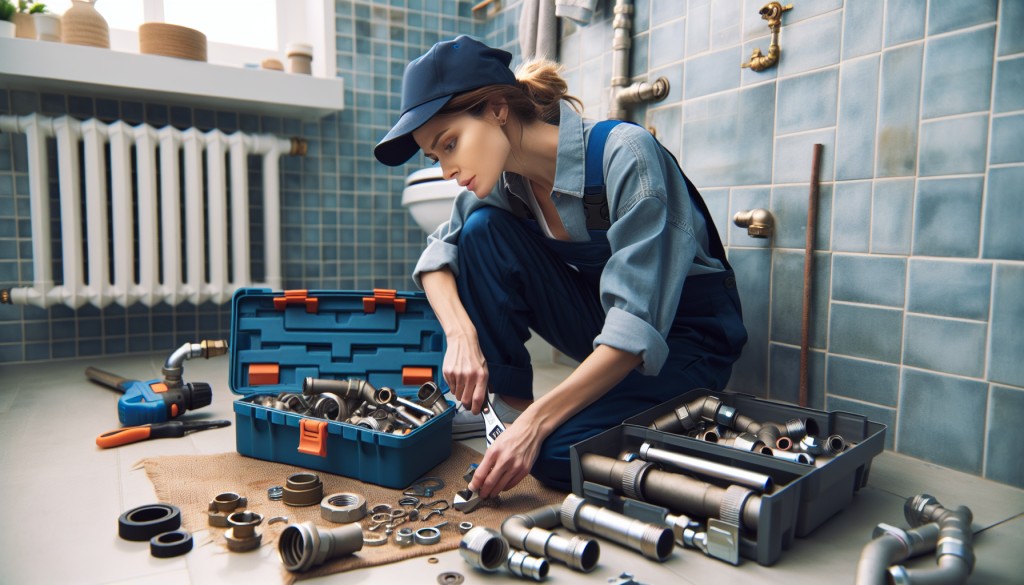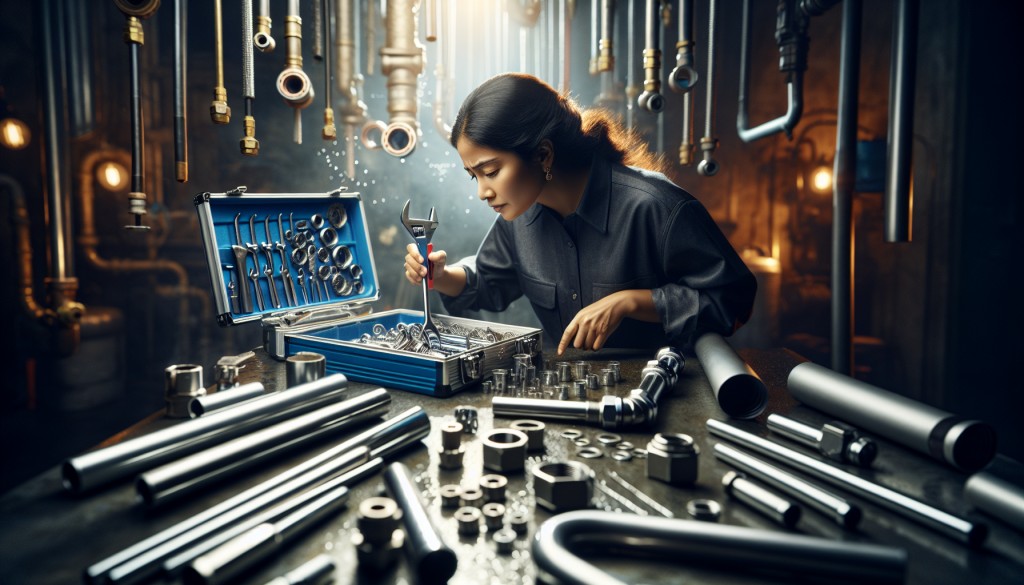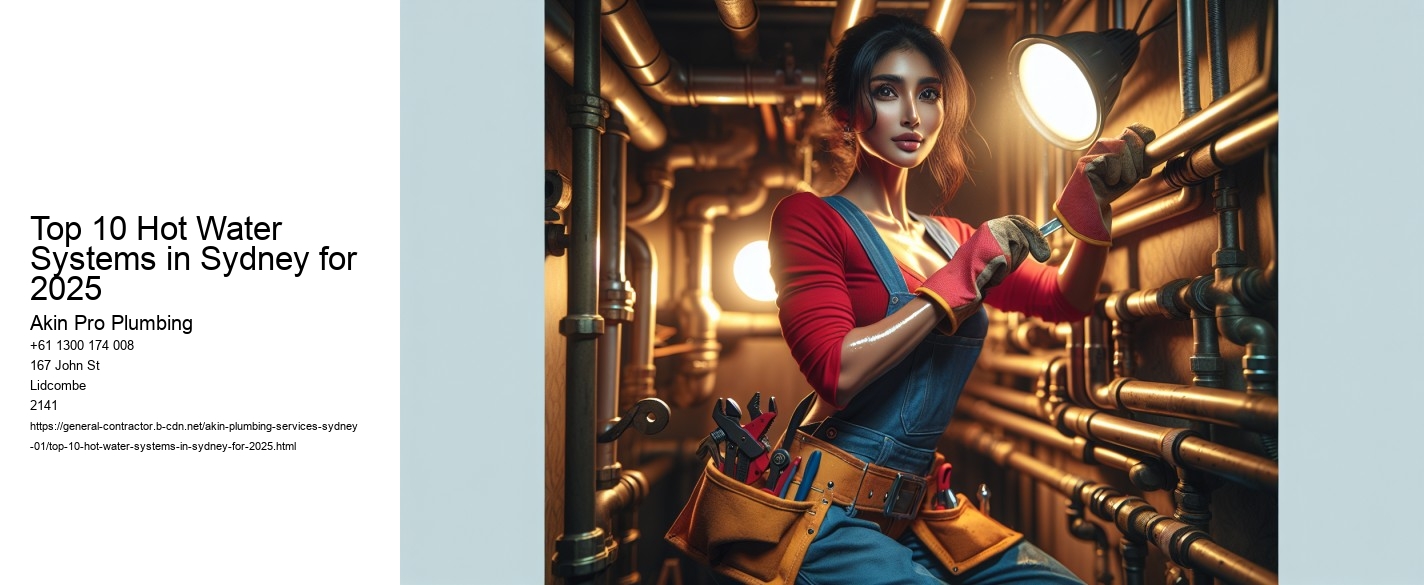Energy Efficiency and Environmental Impact
As we stride into 2025, the pressing need for energy efficiency and reduced environmental impact continues to shape the choices we make in our everyday lives. How Sydney Plumbers Tackle Tough Jobs . One of the most significant areas where these considerations come into play is in our choice of hot water systems. In a city like Sydney, where sustainability is becoming increasingly prioritized, selecting the right hot water system is crucial not only for reducing household energy consumption but also for contributing to the broader goal of minimizing environmental impact.
Sydneys climate, with its warm summers and mild winters, offers unique opportunities for optimizing energy efficiency in hot water systems. The top systems for 2025 are distinguished by their innovative approaches to achieving both energy efficiency and environmental sustainability. At the forefront of these systems are solar hot water heaters, which harness Sydneys abundant sunlight. These systems drastically reduce reliance on fossil fuels by converting solar energy into heat, thereby cutting down on greenhouse gas emissions. The initial investment may be higher, but the long-term savings on energy bills and the environmental benefits make them an attractive option for eco-conscious homeowners.
Pipe (fluid conveyance)
Heat pump hot water systems are another leading choice for 2025. These systems operate by extracting heat from the air or ground, making them incredibly energy-efficient. By using renewable energy sources, heat pumps can significantly lower a households carbon footprint. Their efficiency is particularly advantageous in Sydney, where moderate temperatures can be leveraged to maximize performance.
Gas hot water systems continue to be popular due to their reliability and efficiency. Modern advancements have made these systems far more energy-efficient than their predecessors, with many now incorporating condensing technology to further reduce energy consumption. While they still rely on fossil fuels, the latest models are designed to minimize emissions, making them a viable option for those seeking a balance between cost and environmental responsibility.
For those interested in cutting-edge technology, tankless or instant hot water systems are gaining traction. Trap (plumbing) These systems heat water on demand, eliminating the need for a storage tank and thereby reducing energy waste associated with maintaining a constant water temperature. The compact design and efficiency of tankless systems make them ideal for urban dwellings where space is at a premium.
As we move further into 2025, the integration of smart technology in hot water systems is also becoming more prevalent.
Top 10 Hot Water Systems in Sydney for 2025 - pipe
- pipe
- Plumber wrench
- pipe wrench
- Nipple (plumbing)

In conclusion, the top hot water systems in Sydney for 2025 reflect a growing commitment to energy efficiency and environmental stewardship. Whether through solar power, heat pumps, advanced gas systems, tankless models, or smart technology, the options available today allow homeowners to make choices that align with both their financial goals and their environmental values. As the world continues to emphasize sustainability, these systems represent a significant step towards a greener future.
Cost Analysis: Initial Investment vs. Long-term Savings
When considering the installation of a hot water system in Sydney, one must weigh the initial investment against potential long-term savings. Piping As we look ahead to 2025, the market for hot water systems is evolving, with new technologies and energy-efficient solutions that promise significant savings over time. Understanding the cost dynamics of these systems is crucial for homeowners aiming to make an informed decision that balances upfront costs with future benefits.
Firstly, the initial investment in a hot water system can vary greatly depending on the type and brand. Traditional electric systems, while generally lower in upfront costs, can lead to higher energy bills due to their less efficient operation. In contrast, systems like solar hot water or heat pumps may require a higher initial expenditure but offer substantial savings in the long run due to their energy efficiency and utilization of renewable resources.
For instance, solar hot water systems harness energy from the sun, significantly reducing electricity consumption. Although the installation costs are higher, government incentives and rebates can mitigate this expense, making it an attractive option for environmentally-conscious homeowners. Over time, the reduction in energy bills can offset the initial cost, providing financial relief while reducing carbon footprints.

Heat pump systems, another popular choice for 2025, operate by extracting heat from the air, offering a more energy-efficient solution compared to conventional electric systems. Although the initial investment is higher, these systems can lead to savings of up to 70% on energy bills. Additionally, their durability and low maintenance requirements make them a cost-effective choice in the long run.
On the other hand, gas hot water systems offer a middle ground with moderate installation costs and better energy efficiency than traditional electric systems. The fluctuating costs of natural gas, however, can impact the long-term savings, making it essential for homeowners to consider market trends and potential price changes.
When conducting a cost analysis, it is vital to consider not only the purchase and installation expenses but also the operating costs over the systems lifespan. This includes energy consumption, maintenance, and potential repairs. By evaluating these factors, homeowners can identify which system offers the best balance between initial investment and long-term savings.
In conclusion, the decision on which hot water system to install in Sydney in 2025 should be guided by a comprehensive cost analysis that considers both the upfront costs and the long-term financial implications. With advancements in technology and the availability of government incentives, systems like solar and heat pumps present compelling options for those seeking to save on energy bills while minimizing environmental impact. Ultimately, by prioritizing long-term efficiency over initial costs, homeowners can achieve substantial savings and contribute to a more sustainable future.

Customer Reviews and Satisfaction Ratings
When it comes to selecting a hot water system in Sydney, customer reviews and satisfaction ratings play a pivotal role in guiding potential buyers toward making informed decisions. As we look ahead to 2025, the landscape for hot water systems continues to evolve, with technological advancements and energy efficiency being at the forefront of consumer priorities. The top 10 hot water systems in Sydney are not just chosen based on their features and price points, but also heavily influenced by the experiences and satisfaction of previous consumers.
Customer reviews provide invaluable insights into the real-world performance of these systems. Unlike technical specifications or marketing materials, reviews reflect genuine user experiences, highlighting both the strengths and potential drawbacks of each system. For instance, while a hot water system might boast rapid heating times and energy efficiency in its advertising, customer reviews may reveal unexpected maintenance issues or difficulties with installation. This kind of firsthand feedback is crucial for prospective buyers aiming to avoid common pitfalls.
In 2025, satisfaction ratings are likely to be closely tied to several key factors: reliability, energy efficiency, ease of use, and after-sales service. Sydneys diverse climate, with its mix of hot summers and chilly winters, demands hot water systems that can operate efficiently year-round. Systems that consistently provide hot water without unexpected breakdowns or excessive energy consumption are likely to receive higher satisfaction ratings. Hydraulics Furthermore, with environmental consciousness on the rise, many consumers are prioritizing systems that offer sustainable and eco-friendly solutions.
Ease of use is another significant aspect that shapes customer satisfaction. Hot water systems with intuitive controls and user-friendly interfaces are often favored, especially by those who value convenience and simplicity. Additionally, the availability of smart features, such as remote monitoring and temperature control via smartphone apps, can enhance user satisfaction and set certain systems apart from competitors.
After-sales service is a critical component that can significantly influence satisfaction ratings. In Sydney, where the demand for hot water systems is high, prompt and efficient customer service, including installation support and warranty coverage, can greatly enhance a consumers overall experience. Companies that offer robust support and stand by their products are more likely to earn positive reviews and repeat business.
In conclusion, as consumers consider the top 10 hot water systems in Sydney for 2025, customer reviews and satisfaction ratings serve as vital resources for making informed decisions. These reviews offer a window into the real-world performance and reliability of each system, while satisfaction ratings reflect the broader consumer experience. By prioritizing systems that excel in reliability, efficiency, ease of use, and after-sales service, consumers can ensure they choose a hot water system that meets their needs and expectations. As we move further into the future, the importance of user feedback in shaping the market for hot water systems will only continue to grow.
Installation and Maintenance Considerations
When considering the installation and maintenance of hot water systems in Sydney for 2025, several key factors should be taken into account to ensure optimal performance and longevity. With advancements in technology and a heightened focus on sustainability, the top 10 hot water systems available promise enhanced efficiency and eco-friendliness, but they also require careful consideration during installation and maintenance.
Installation is the first critical step in ensuring that a hot water system operates efficiently. For the modern systems expected to dominate the market in 2025, such as solar-powered units and heat pump systems, proper installation is vital. These systems often require specific placements to maximize energy efficiency. For instance, solar hot water systems need to be installed in locations that receive adequate sunlight exposure year-round. This means considering the angle of the roof and potential obstructions like trees or other buildings. Heat pump systems, on the other hand, need sufficient airflow around the unit to function effectively, which can influence placement decisions.
Moreover, the installation process should be performed by certified professionals familiar with the latest models and technologies. This not only ensures safety and compliance with local regulations but also reduces the risk of system malfunctions that could arise from incorrect installation. In Sydney, where energy efficiency regulations are becoming increasingly stringent, ensuring compliance during installation is crucial.
Maintenance is equally important for the longevity and efficiency of hot water systems. Regular maintenance checks can help identify potential issues before they escalate into costly repairs or replacements. For instance, sediment buildup is a common issue in hot water systems that can reduce efficiency and, if left unchecked, damage the system. Regular flushing of the tank can help prevent this problem.
For more advanced systems like tankless water heaters or those incorporating smart technology, maintenance might include software updates or checks on the system's electronic components. As these systems are expected to become more prevalent in 2025, understanding their unique maintenance requirements will be essential. Additionally, ensuring that any solar panels or heat exchangers are clean and in good working order is crucial to maintain efficiency and performance.
In conclusion, as Sydney moves towards more sustainable and technologically advanced hot water systems in 2025, careful consideration of installation and maintenance is more important than ever. Plumber wrench By ensuring that systems are installed correctly and maintained regularly, homeowners can enjoy the benefits of efficient, reliable hot water while also contributing to a more sustainable future.
Top 10 Hot Water Systems in Sydney for 2025 - pipe
- Water tank
- piping
- Pipe wrench
- Plumber wrench
- pipe wrench






